BAYOU (Day 3 - part 1)
We were in New Orleans... we needed to try beignets! There were many places to do so, so we picked a cafe just a few blocks from our hotel.




Ice coffee, fresh fruit ... and hot beignets covered with powdered sugar
The day before, we had passed a sign mentioning a 10 am history talk at the national parks building. So off we went.
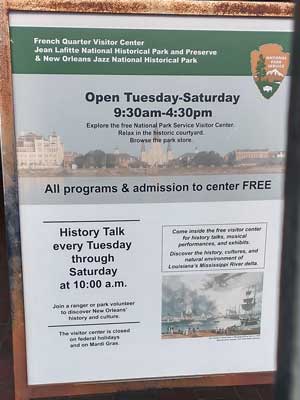

The building actually housed two museums. In 1989, the National Park Service purchased this site as the Jean Lafitte National Historical Park and Preserve and dedicated it to the preservation of the natural and cultural heritage of the lower Mississippi River Delta. Fairly recently, the New Orleans Jazz National Historic Park was moved over here as well.

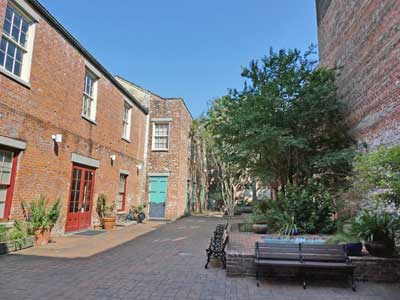


The first section covered the building of the French Quarter... its history and unique architecture. In 1936, the French Quarter became one of the world's first protected historic districts.


Dormer windows (ah, so that's what they're called!) were built to let light into the second floor.


A gallery (or a balcony supported by posts) is an example of Creole architecture. Creole, in this context, simply means native or a tradition born in Louisiana from the fusion of different cultures such as French, Spanish, Caribbean, West African and American. Galleries are a blend of African coastal architecture with 1500's Portuguese influences. ... Elaborate curves of wrought-iron and cast-iron railings. This one shows the builder's initials of AP.


Two most popular styles of homes were Creole cottages (left) and shotgun houses (right). The simplest cottage contained four large rooms, each with two shuttered openings and interior doors connecting all of the rooms. Shotgun houses were long and narrow, with four rooms placed in a row. These compact dwellings became popular in the 1840s and were made to fit on narrow lots. The story goes that one could fire a shotgun in the front door and the bullet could pass straight out the back without hitting anything.


Jean Lafitte ... Andrew Jackson
Of course there was also a section on the museum's namesake. Jean Lafitte (or Laffite) was born in 1780 either in France or one of its colonies. It's unknown when or why he and his brother Pierre first came to Louisiana, but at some point they operated a warehouse and supplied goods. In 1808, the US government prohibited the importation of slaves from Africa and also set up an embargo act, limiting the exportation of local goods to other counties. Jean headed south to the swamps of Barataria. Here, ships could more freely traffic illegal goods.
In 1812, when the US declared war on Great Britain, American shop captains could obtain a letter of marque, making them legal privateers who could attack British ships. While not having the legal documents, Jean ran three ships. In 1814, the US Navy raided his Baratarian outpost and arrested him and 80 others. When General Andrew Jackson arrived in New Orleans to defend it against an expected British invasion, he realized he lacked the necessary men, ships and munitions. He stuck a deal with Lafitte, offering him a pardon in exchange for help.
After the Battle of New Orleans, Jean and Pierre agreed to act as spies on behalf of Spain and Jean moved to Galveston, Texas, where he continued his smuggling operations. Although he was reported to have been killed in 1823, some believe he had faked his death.


The word creole was used by any local who wanted to distinguish themselves from newer Anglo-American and immigrant settlers who arrived after the Louisiana Purchase. The word was originally Portuguese, first used to differentiate slaves born in Brazil from new arrivals from Africa. The meaning evolved as it moved into the Delta area but continued to distinguish locals from outsiders. It also describes a process whereby old elements are recombined to create something new.


The mix of cultures also created a mix of languages filled with unique expressions such as yat, iko iko, fais-do-do and even more familiar words such as gumbo.


Food is central to the Delta identity. A local saying goes "There are two times of day in Louisiana... mealtime and in between".
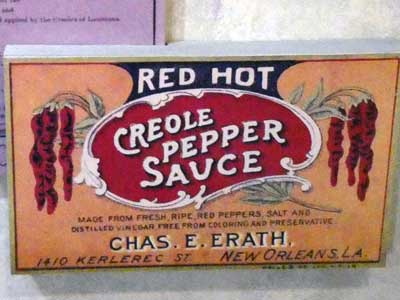



Living on liquid land. Much of the Delta lies below the level of the Mississippi River most of the time. Fortunately the river has confined itself in its own natural levees which were built up through successive spring floods. People relied on boats the way most cities rely on automobiles. Boat design needed to deal with shallow waters and strong currents. Evolving technologies brought larger and larger ships into the river and backwaters.
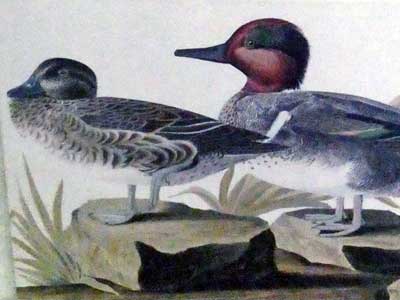

Denizens of the Delta. Being the meeting place of land and sea, and of freshwater and saltwater, the area sustains over 100 species of fish and shellfish and over 170 species of birds. There are also alligators, black bears, deer, otters and muskrats. In the 1930s, the nutria (a large South American rodent) was introduced. Unfortunately their population exploded and they have caused extensive damage.
The talk focused on the local mound-building culture. Watson Brake is considered the oldest earthwork mound complex in North America, dating back to approximately 3500 BCE. That's older than the Egyptian pyramids or Stonehenge. The eleven human-made mounds were constructed over centuries by the Evans Culture, a hunter-gatherer society.




It is unclear why they were built. They were not used for burial like mounds elsewhere were.
We had a bit of time before our next tour so we wandered into a new section of town.


A fancy mule


Hey, this is the same cast iron railing with the initials AP that we read about in the National Park museum!
We entered Dutch Alley The co-op was founded in 2003 and features the work of 25 local artists. The name is a tribute to New Orleans first African American Mayor, Earnest "Dutch" Morial (whose cemetery plot we saw).




Martha - A Market Customer, by Paul Perret, was created in 1983. Tthe bronze sculpture is of a woman wearing Victorian-era clothing. ... Jacques the Butcher, by Eric Kaposta, is also from 1983. The 5-foot, 10-inch tall butcher holds a cleaver and a t-bone steak.
We arrived at Place de France.


The two cannons symbolize those used in the Siege of Orléans in the 1420s.


The statue of Joan of Arc, Maid of New Orleans, was donated by France in 1972.
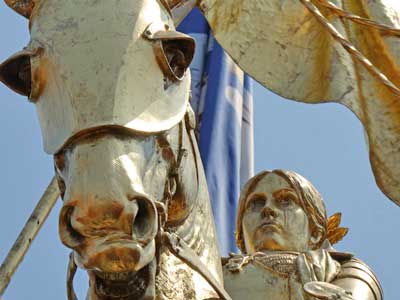


Local musicians
return • continue

